Test drive MIG-3 from Murmansk swamps
October 29 1940, the first flight made a fighter And-200 - A prototype of the future famous high-altitude fighter MiG-3.
The plane, by the way, unfairly, in my opinion, remained in the shadow of the more eminent cars of Yakovlev and Lavochkin, although he worked hard and worked in the air defense practically until the end of his life.
MiG-3 became the first Soviet fighter who shot down a fascist aircraft over the USSR in 1941. Three months before the war. 15 April 1941, he damaged the engine of the German reconnaissance aircraft Ju-86R-1, sat down on the forced in the Rivne region.
Also on MiG-3 The first air ram was made in the Great Patriotic War. Junior Lieutenant Dmitry Vasilyevich Kokorev with a screw cut off the keel of a bomber Ju-88.
Also on this plane is one of the best Soviet aces - Alexander Ivanovich Pokryshkin won his first victory, knocking down Bf-109E.
And just by the way, I got a story about a test drive MiG-3.
The guys from the company Aviiastavratsiya, Novosibirsk, have restored the plane, which has a real combat history.
23 September 1941, the aircraft with the tail number 3457, which was piloted by the commander of the 147 th Fighter Regiment, Colonel Mikhail Golovnya, after a brutal air battle, made an emergency landing near Murmansk. The landing site was found according to the memories of the pilot himself. Restorers of domestic aircraft of World War II have to rely only on such finds.
So - test drive reconstructed MiG-3.
Testing test pilot, director of SibNIIA Vladimir Barsuk.
The most interesting look of a professional on a plane that required much more skill and dexterity from a pilot than the current electronic and automatic cruise cars.
Takeoff
It is recommended to perform with shields in the second position. To maintain the direction is made in two steps:
1. At the engine revolutions per minute 2800 per minute, acceleration to the separation at a speed of 130 km / h and a set speed of flight 160 km / h, while the right pedal is fully on the stop, it compensates the jet torque from the propeller. At the beginning of the takeoff after increasing the engine speed, it is recommended to raise the tail wheel with the control knob away from you on 5 cm to improve visibility and prevent longitudinal swing.
2. After reaching the flight speed of 160 km / h, increase the engine's operating mode to take-off, remove the landing gear, take the height of at least 50 m and, after reaching the speed of 220 km / h, remove the shields. After establishing the take-off mode of the engine, you may need to cover up with the right-hand roll 3 − 5 degrees to maintain the direction. Keeping the height on 15 m is very difficult due to limited forward vision and airspace distortion by exhaust gases coming out of the nozzles, so it is recommended to occupy the height of at least 50 m as much as possible. At the height of 100 m after cleaning the flaps, the aircraft should be set to climb at speed 300 km / h, setting the nominal mode of the engine.
Pilotage
The plane performs well all the figures of direct pilotage: coup, hinges, half loops, turn on a hill, combat reversal, barrels, bends. Vertical ascending shapes are performed from initial speeds in the range from 400 to 550 km / h with overloads from 3,5 to 6,5 units. For example, the loop is executed both from the 400 km / h speed when 5,5 units are overloaded, and from the 550 speeds when 3,5 units are overloaded, while significantly increasing the maneuver radius. On an 16 at a speed of 300 km / h and an overload of 3 units. the plane broke into a corkscrew, and after accelerating it to a speed of 450 km / h, the overload must be held no less than 4,5 units, as the speed rapidly drops in climb. MiG-3 at a loop speed of 400 km / h and overloading 5 units. has a diameter of 600 m, and at a speed of 550 km / h and an overload of 3,5 units. - 1300 m. Aircraft control is easy and pleasant in both cases. The aircraft has such capabilities due to its high power-carrying capacity and low frontal resistance in the middle of the fuselage; stability and controllability in all modes is ensured thanks to automatic slats and very well-balanced steering wheels. The possibility of stable piloting of an aircraft in such a range on verticals in aerial combat, apparently, made the aircraft quite dangerous weapons for the opponent. Very good acceleration characteristics are noted at the dive, when performing a descending barrel from 160 km / h speed and from 1100 m at the top of the beginning of the figure. The output after the end of the figure was carried out at the height of 150 m butt. When performing a similar figure on the L-29 during training, the aircraft confidently entered the 350-400 m with the same initial flight parameters. Such characteristics of dispersal during the war more than once helped our pilots to carry out a departure from the enemy.
The balance of pitch control is especially noted: the efforts on the control stick on the pitch channel are the same at all flight speeds (1,5 − 2 kg), which allows performing the whole complex of figures with one hand at 350 and 550 speeds, almost without getting tired. This feature allows overloading at the limit permissible for the pilot (the so-called lowering of the shutters) and continue piloting even after losing sight on the overload, which our pilots probably used repeatedly in combat.
Low altitude piloting
A very limited downward view, high flight speed and equal effort on the control stick, regardless of speed, significantly complicate the assessment of flight altitude at low altitude. The only source of information on the flight path is barometric instruments: altitude, speed and variometer, which, unfortunately, are very late. Given these circumstances, piloting at low altitudes should be carried out with increased caution and not lower than 150 and true height. Very good data during acceleration and great difficulty in piloting at low altitude during the war became a big problem for young pilots, which is why the books show the advantages of enemy aircraft over MiGs at medium and low altitudes. However, for an experienced pilot these difficulties are not dangerous, which made it possible to gain advantages at a low altitude in combat.
Landing
With all the simplicity and comfort of piloting the aircraft is very strict on landing. On the glide path, the speed of 230 km / h is recommended, the flaps should be released to the 4 position (50 degrees), and the aircraft should be trimmed. It is better to carry out the sunset on a steep glide path, which allows you to see the landing strip over the hood. From the height of 15 m, reduce the vertical speed to 1 m / s and smoothly approach the ground so that at the height of 2 m the speed is set to 200 km / h on the device. From the height of 2 m, align the aircraft to a position different from the landing wheel with the raised tail wheel on 10 cm, set the speed of descent of 0,05 m / s and wait for the ground to touch. The recommended touch speed is 160 km / h and more. After touching the ground, hold the control stick to quench the speed to 130 km / h, then smoothly take control stick and start braking. The most dangerous part of landing is maintaining the direction when braking an aircraft in the speed range from 160 to 100 km / h, which is associated with a weak aerodynamic rudder without blowing it with a screw and low efficiency at speeds above 100 km / h of the chassis brakes.
Landing is recommended to perform with an open lamp in the middle position of the pilot's seat - this position improves visibility, allows you to more accurately determine the height on the alignment and direction.
The overall impression of the aircraft is very good. Pleasant in piloting, has excellent aerobatic and maneuverable capabilities, stable. However, this dulls vigilance and may interfere with the landing. The pilots who fought on such a complex machine cause tremendous respect, because there was no navigation, even the horizon was absent on the first machines used for night flights in the clouds. In general, it is clear that our grandfathers were real heroes.
Few words from the history of the aircraft:
The plane was developed from the very beginning with the idea of mass production and partly had a modular design. The individual components of the aircraft were easily removed, repaired and put back in place, i.e. MiG-3 turned out to be very maintainable.
Subsequently, this made it possible to assemble one of the three aircraft that failed out, literally in the field.
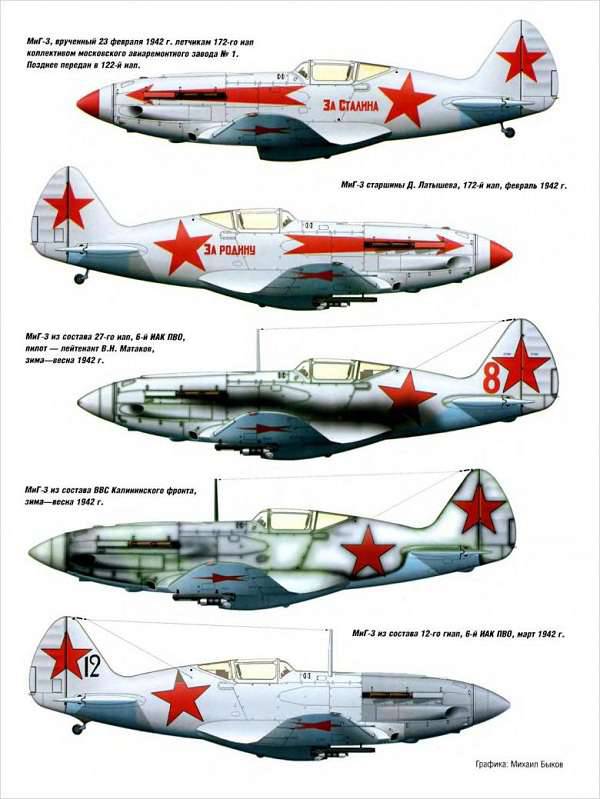
And although, due to the high mass of the aircraft and, as a result, the worst, compared with competitors, is the thrust-to-weight ratio and the difficulty of piloting (many young and inexperienced pilots fought when landing) at low and medium altitudes, the front-line fighter did not come out of the MiG-3 ... its place in the air defense.
The aircraft’s armament was initially quite weak - the 2 XKUM Xmm machine gun and one 7,62 mm UBS.
From 20 February 1941 began to produce MiG-1 aircraft with five firing points at the plant number 3. Under the wing were additionally installed two BC machine guns with ammunition for 145 cartridges. However, due to the shortage of BC machine guns, plant No. XXUMX, at the direction of the NKAP, often had to ship them to other aircraft factories. In addition, the significantly increased weight of the aircraft led to a further decrease in its flight characteristics (-1 km / h). In this regard, the release of the MiG-20 with five firing points limited 3 aircraft, and later from all fighters fired guns BK were removed.
In order to increase the effectiveness of the combat use of the MiG-3 fighter, in accordance with the NKAP order No. 752 from 27, July 1941, Plant No. 1 was to switch to production of aircraft with three firing points, including two BSA and one ShKAS. During the development of small arms, three options were tested: the first was two BS machine guns and two ShKAS, the second two BS and one ShKAS, and the third two BS. According to the test results, the 20 1941 of the 151 series launched the two-point version of the MiG-27 with the 3 in September, while using the ShKAS machine gun, the BS’s ammunition was increased from 300 to 700 cartridges. Before the evacuation, 315 airplanes armed with two BS machine guns were manufactured; moreover, 215 of them were equipped with two RO-82 launchers for firing PC-82 missiles.
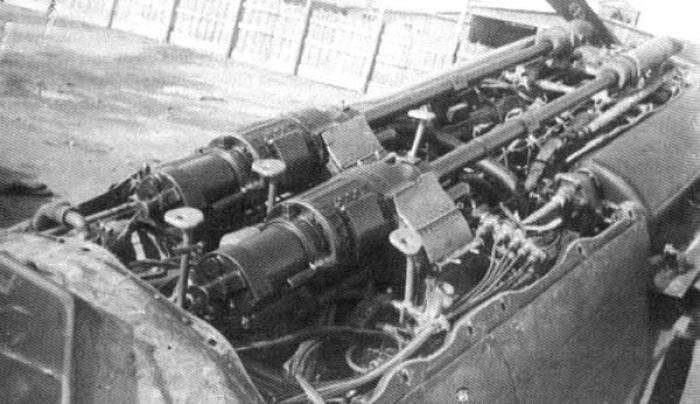
Installation of ShVAK guns on the MiG-3
The project of a radical improvement of the issue of armament provided for the installation of two 20-mm ShVAK cannons (it was chosen on the recommendation of the Scientific Research Institute-13) to replace the Berezin 2-X synchronized machine guns (UBS). The release of such a MiG was adjusted at the plant after the evacuation. But they managed to release only a few dozen - a directive came to transfer the plant to release the IL-2 attack aircraft, which is more necessary to the front. This decision resulted in the closure of the production of the AM-35А engine installed on the MiG-3. The engine was produced in the same factory as the AM-38 for the Il-2 attack aircraft, and ate up the production capacity.
That is why the aircraft production was turned off in December 1941. Not because the plane was bad, according to some.
Released aircraft fought on the front before 1943, the MiG-3 left the army to destroy the enemy or to the end of the resource.
Well, by the year 1944 less than a hundred "survivors" of cars (from 3000 with a little released) were transferred to flight schools and colleges.
An interesting fact is that test pilotsflying around the car refute the prevailing stereotype about poor maneuverability of the MiG-3 at low and medium altitudes.
Difficult and dangerous in piloting at low altitude - yes. Strict on landing - yes. But it is very simple in the air and ... "surpasses the sixteenth at all heights in maneuverability".
Mandatory video in the topic:
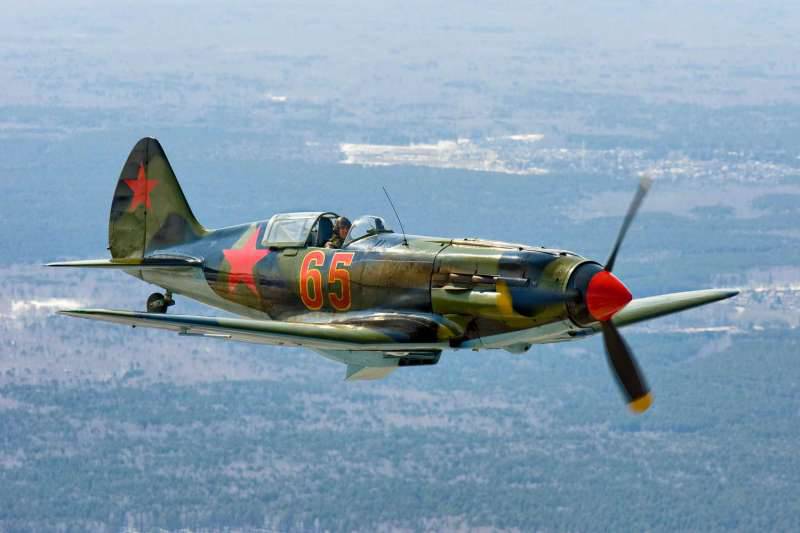
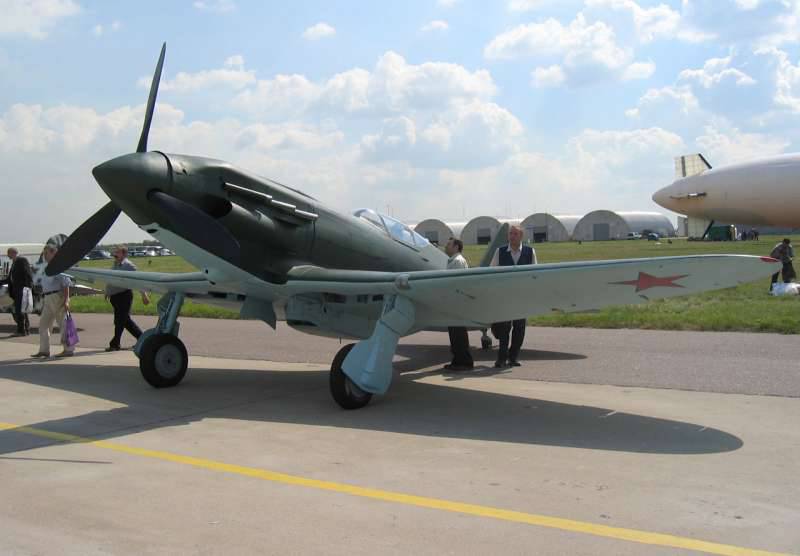
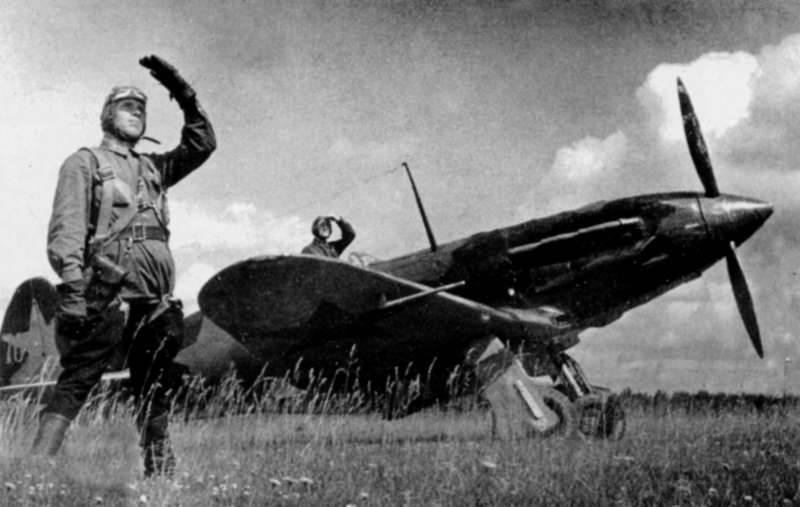
Information